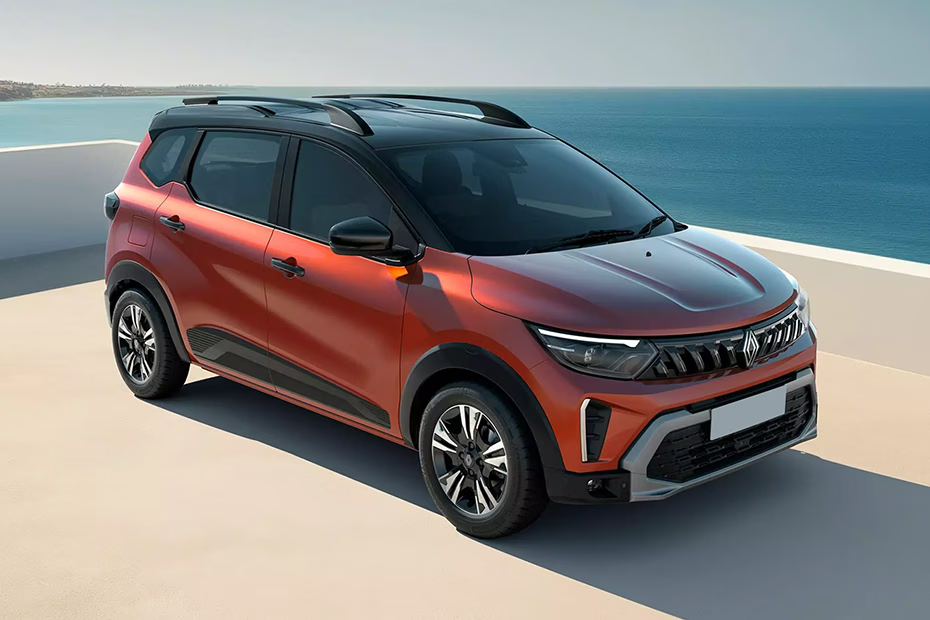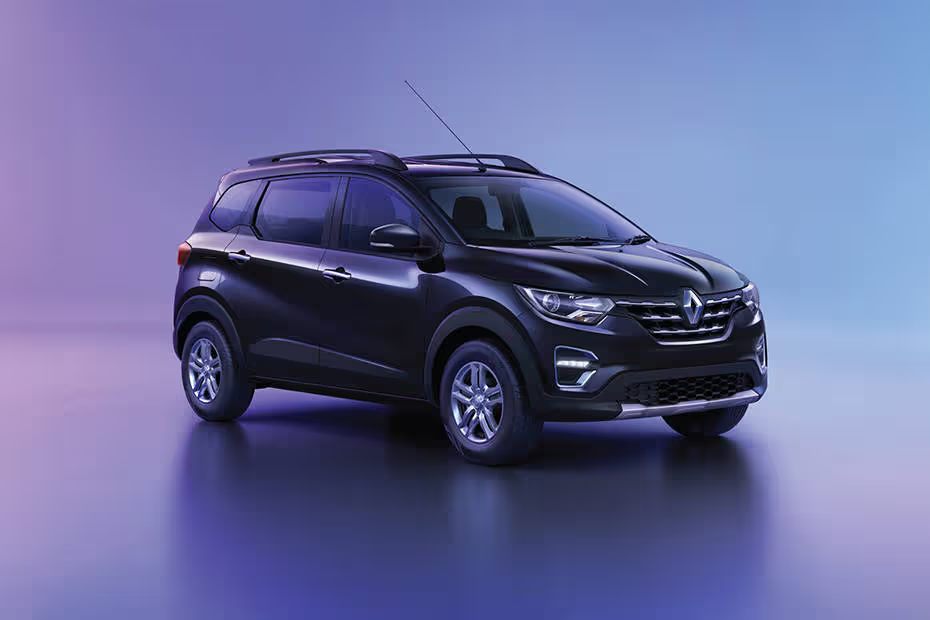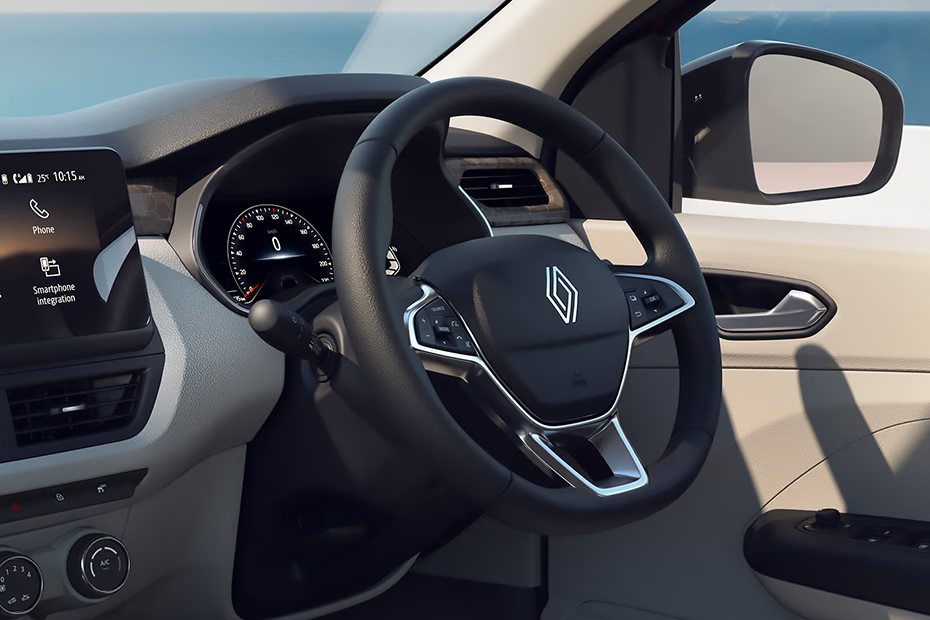Renault Triber Old vs New: What’s Changed in the 2025 Facelift?
4 min read
A Subtle Evolution or a Meaningful Upgrade for Renault Triber?
The Renault Triber has earned its place in India’s automotive landscape as one of the most value-packed 7-seaters under ₹10 lakhs. Now, after nearly six years since its original launch, the Triber has received a major update in the form of the 2025 facelift.
But how different is the new Triber from the outgoing model? Let’s take a closer look at the changes in design, features, safety, performance, and pricing — and what they mean for buyers.

Exterior Design Updates
The most noticeable changes are on the outside. The new Triber embraces a more refined and global design language that brings it in line with Renault’s newer models.
The front fascia now features a bold gloss-black grille with thick diagonal slats, which seamlessly blend into redesigned LED headlamps to create a continuous arc. Notably, this update introduces Renault’s new 2D diamond logo in India for the first time.
The bumper has also been revised, with a more prominent air dam, repositioned fog lamps, and vertical air intakes that lend a more sculpted appearance. Along the sides, the facelift sports new 15-inch flex wheels, blacked-out door handles, and updated cladding. The rear receives slimmer LED tail lamps with a smoked finish, gloss-black trim, new ‘TRIBER’ lettering, and a reprofiled bumper.
Overall, the facelifted Triber brings a more mature and premium identity to the familiar silhouette.

Interior Changes and Cabin Experience
Inside, the biggest shift is in the colour palette. The older model’s dark black-and-silver interior has been replaced with a softer grey-beige combination, enhancing the sense of space.
The dashboard design has also evolved to mirror that of the Renault Kiger. The 8-inch touchscreen now sits higher on the dash, flanked below by repositioned AC vents. A new decorative trim with geometric detailing spans the width of the dashboard, while seat upholstery and the steering wheel design have also been updated — including the adoption of Renault’s new logo.
If you missed it, you can read our full Renault Triber facelift launch article or explore variant-wise features in detail here.

Feature Enhancements
The facelift doesn’t just focus on aesthetics. It brings significant feature additions that increase comfort and usability, especially in higher variants.
New features in the facelifted Triber include:
- Six airbags (now standard across all variants)
- Wireless Android Auto and Apple CarPlay
- Front parking sensors
- Cruise control
- Rain-sensing wipers
- Auto headlamps
- 7-inch full-digital driver’s display
- 360-degree camera (variant-specific)
These additions make the new Triber more aligned with what modern MPV buyers expect, without moving too far up the price ladder.
Powertrain and Performance: No Change Here
Mechanically, Renault has retained the tried-and-tested 1.0-litre, 3-cylinder naturally aspirated petrol engine, producing 72hp and 96Nm of torque. Transmission options include a 5-speed manual and a 5-speed AMT.
ARAI-certified fuel efficiency remains:
- Manual: 19 kmpl
- AMT: 18.29 kmpl
While there’s no turbo option or hybrid tech yet, Renault has kept the setup consistent for ease of ownership and serviceability.
Safety: Major Step Up
One of the most meaningful improvements in the new Triber is safety. The facelift brings 21 standard safety features, a notable jump from the outgoing model.
Key additions include:
- Six airbags (up from four)
- Electronic Stability Program (ESP)
- Hill Start Assist
- Traction Control System
- Front parking sensors
- Tyre Pressure Monitoring System (TPMS)
Combined with existing features like ABS, EBD, and ISOFIX mounts, the facelifted Triber becomes one of the safest MPVs in its class.
Dimensions: No Changes
The overall dimensions remain unchanged:
- Length: 3,990 mm
- Width: 1,739 mm
- Height: 1,643 mm
- Wheelbase: 2,636 mm
This means the Triber continues to cleverly package three rows within a sub-4-metre body — a feat Renault’s own designers have called “a miracle” in space optimization.
Pricing: What’s the Difference?
The updated Triber comes with a modest price bump, depending on the variant:
| Variant | Old Model | New Model (Facelift) | Price Hike |
|---|---|---|---|
| Base (Manual) | ₹6.16 lakh | ₹6.30 lakh | ₹14,000 |
| Top (AMT) | ₹8.76 lakh | ₹9.17 lakh | ₹41,000 |
Additionally, the facelift introduces a new variant naming convention: Authentic, Evolution, Techno, and Emotion — replacing the older RXE, RXL, RXT, and RXZ structure.
The 2025 Renault Triber facelift isn’t a complete overhaul, but it’s a smart and timely evolution that addresses key gaps in the outgoing model. With stronger safety credentials, a refreshed interior, and more connected features, it positions the Triber as an even stronger value proposition in the compact MPV segment.
Whether you’re upgrading from an older Triber or comparing new 7-seaters under ₹10 lakh, the facelift offers genuine improvements without altering what made the Triber successful in the first place.
Let us know which version of the Triber you prefer — the original value icon, or this new, sharper update